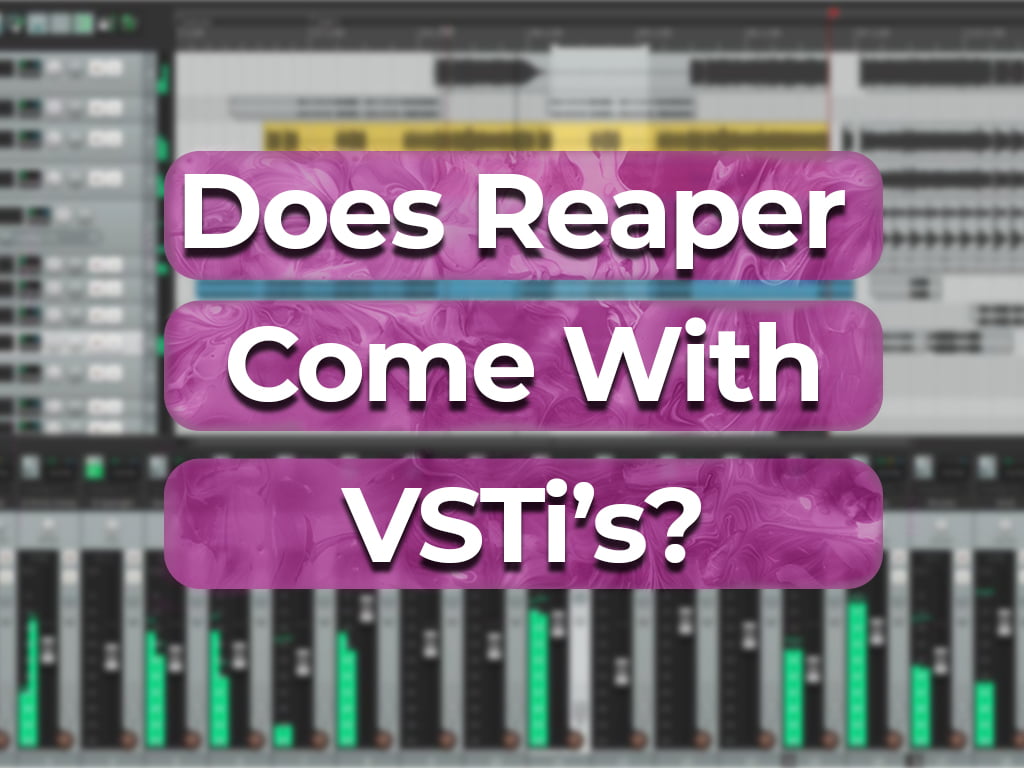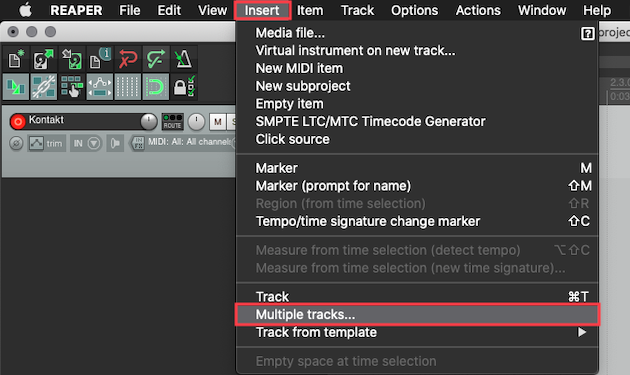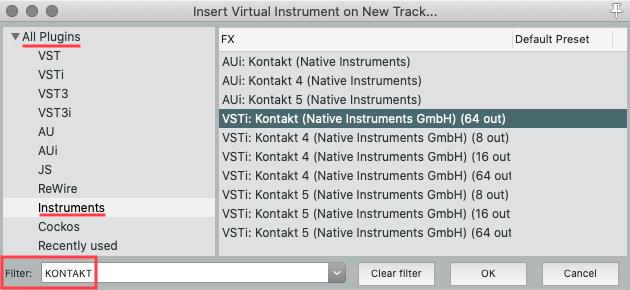


Now, the latest version of Kontakt (being version 6 at the time of writing this) has some new features from the previous versions. Both the ease of use and flexibility of Kontakt are key aspects to why this program is a must. This certainly is a time saver (presuming they all play the same notes), but allows you to create a wall-of-sound for those massive Devon Townsend backing tracks. You then can increase the complexity of samples, merely by adding layers onto the Kontakt platform, e.g., merging a bass guitar with a pad and perhaps a kick drum – all controlled and timed perfectly by the same notes being played on the controller. In a nutshell, that is it, for both live play or if recording an instrument in your DAW, thereby developing soundscapes for movies, gaming or jamming backing tracks. With your computer or DAW set up properly (e.g., select what instrument will control the sounds, e.g., piano keyboard), you then replicate the chosen sampled instrument, e.g., cello, violin string section, etc. Once open, you simply select what library you want (e.g., orchestra instruments) and what instrument you want.

It can be a stand-alone platform, so that you can open the program and play samples live through a computer, or it can be integrated into a DAW for recording purposes (you need to create a new soft-synth track and add Kontakt to the effects bin). Being new to the platform, that certainly is over my head for now, but it will be an interesting project down the road. The Kontakt program does allow a person to create his or her instruments, for those with the determination to do so. The accompanying demo includes some sample sounds that come with Kontakt, as well as a few from Dystopian Guitars. Moreover, Kontakt comes with its own sample library and has become the industry standard with the biggest selection of samples from Native Instruments and other sample designers – in other words, if you want variety in choosing your samples, you’re going to have the largest selection with Kontakt versus any other platform. Kontakt was required to host Dystopian Guitars, and both worked seamlessly together – no locking up, no pausing or glitches. Originally, I investigated the Kontakt platform as I wanted to work with a sampler program called Dystopian Guitars, a third-party product developed by PulseSetter Sounds (I did a review with demos on this, as well).

Consequently, you can take a synth, piano or guitar and have it sound like something completely different. For those unaware of what a sample is, the most obvious would be traditional instruments, such as piano, bass, orchestra strings, etc., all of which sounds are controlled by a ‘controller,’ e.g., piano keyboard or MIDI guitar, for instance. Similarly, Native Instruments developed Kontakt in order to run in-house, licensed and third-party samplers.
Kontakt 6 player in reaper software#
In order to best use the software a platform had to be developed, similar to requiring a Mac or Windows OS in order to run a word processor, for example. Native Instruments has been around for some time, leading the music software industry with sample profiles and effects.


 0 kommentar(er)
0 kommentar(er)
